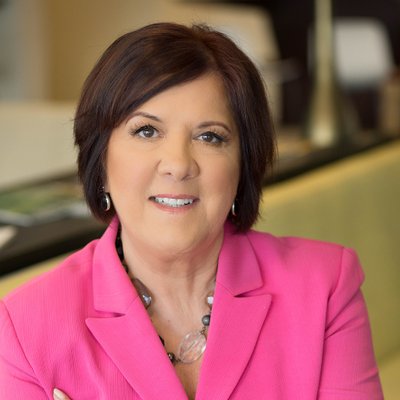Seven in 10 Americans don’t have the money to pay for a $400 emergency, as reported in this January 2019 blog. An appreciable number (29%) tap retirement plans and pay penalties, according to a recent Transamerica Center for Retirement Studies report, and millions more take out short-term “payday” loans that cost them $9 billion in fees every year.
Solutions focusing on short-term savings accounts funded with automatic contributions include bipartisan legislation, “Strengthening Financial Security Through Short-Term Savings Act,” and a “sidecar” feature to Prudential Financial’s 401 (k) plan, both introduced in 2018. A dozen or more companies have signed up to date, and there’s a growing push to initiate these “sidecar” plans, and other types of employer-sponsored or funded emergency savings, to their retirement plans.
Does the idea have legs? Business reporters have the opportunity to talk to financial leaders, politicians, financial planners and consumers themselves by looking into one or more of these three angles:
Get the Facts
According to the Transamerica survey, the facts are pretty dismal. Does the survey reflect the experiences of your readers? Are they enthusiastic, and do they think they can commit to such a plan? Prudential’s plan emphasizes changing employee behavior by using payroll deductions to fund after-tax contributions. Include a behavioral economist or two in the discussion.
Can Financial Behavior Change?
According to a 2016 survey by the LIMRA Secure Retirement Institute, two-thirds of workers are interested in sidecar accounts. Read about Prudential’s proposed “sidecar” accounts, and then ask Prudential, and other retirement experts, why they predict success when the majority of employees still don’t meet the match on their 401(k) plans. Bring the discussion home by interviewing a cross-section of workers in your zip code.
What’s the Plan?
In addition to post-tax plans, some employers are beginning to initiate “DIY” or “cookie jar” programs. Interview these companies; feature them, if they’re in your zip code. With a “DIY” plan, an employee opens an account at a bank or credit union and the employer matches some, or all, of the contributions. SunTrust Banks in Atlanta and SafetyNet, a division of CUNA Mutual Group in Madison, Wisconsin, is trying out different versions. SunTrust has signed up 124 companies, including Delta Air Lines and Home Depot, and offers employees $1,000 to sign up. To date, 23,000 employees have signed up, and SunTrust has paid out $13 million.











